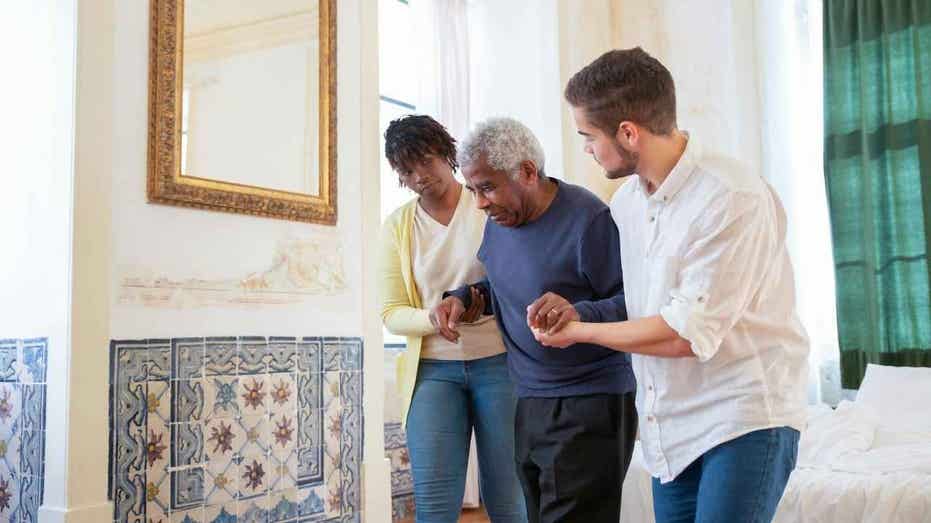Cutting-Edge Technology to Prevent Falls and Promote Safe Aging

Falls remain the leading cause of injury among adults aged 65 and older, but the risk doesn’t suddenly increase upon reaching that age. It gradually rises due to factors like weakened muscles, balance issues, medication side effects, or forgetfulness. While medical screenings at age 65 are recommended, proactive measures can be taken earlier. Advances in smart technology now empower seniors to monitor, prevent, and respond to fall risks from the comfort of their homes. Here are ten innovative tools helping older adults stay safe.
Monitoring Balance with Smart Devices
Your walking pattern can reveal early signs of balance decline. If you own an iPhone with iOS 15 or newer, the built-in walking steadiness feature in the Health app assesses your stability over time, categorizing it as OK, low, or very low. Android users can utilize wearable fitness trackers such as Fitbit or Samsung Galaxy Watch, which analyze stride, gait, and pressure points to detect subtle changes before instability occurs. Regularly reviewing these metrics allows for timely intervention and tailored exercises to improve strength and coordination.
Medication Management and Physical Strengthening
Forgetfulness or incorrect medication dosing can cause dizziness or weakness, increasing fall risk. Smart pill dispensers with reminders, dose tracking, and alert features ensure proper medication adherence. Meanwhile, building leg and core strength remains one of the most effective prevention strategies. Fitness trackers—whether on Apple Watch, Fitbit, or other devices—can motivate daily movement and help measure improvements in cardiovascular fitness, which correlates with overall strength and resilience.
-
Elon Musk’s Social Media Revelations Lead to Release of Top-Secret Security Clearances

-
Major companies, including Google and Dior, hit by massive Salesforce data breach

-
Bridging Science and Storytelling: The Power of Medical Illustration and Animation

-
Leaked Meta Documents Reveal AI Chatbot Safeguards and Gaps in Protecting Children Online

Real-Time Monitoring of Vital Signs
Fluctuations in blood pressure or oxygen saturation can cause dizziness. Wearables like smartwatches and fingertip pulse oximeters allow real-time monitoring, alerting users to concerning changes. For those not using smart devices, manual recording with traditional cuffs and oximeters can help track health trends, enabling early detection of issues that could lead to falls.
Enhancing Nighttime Safety
Getting up at night without adequate lighting is a common fall hazard. Motion-activated nightlights automatically illuminate your path, reducing accident risk. Some models also serve as portable flashlights or operate during power outages, providing additional safety during late-night trips.
Water Leak Detection and Security Cameras
Hidden water leaks can create slippery floors long before they’re visible. Leak sensors that send alerts to your phone help prevent falls and costly repairs. Additionally, doorbell cameras with two-way audio enable you to see and communicate with visitors remotely, allowing you to assess situations calmly and avoid rushing, which could lead to accidents.
Fall Detection and Emergency Response
Falls can be life-threatening, especially if you’re alone. Devices like the Apple Watch Series 4 and later, including the SE and Ultra models, feature automatic fall detection that vibrates, sounds an alarm, and contacts emergency services if a hard fall occurs. Many Android-compatible smartwatches now offer similar functionalities, and dedicated medical alert wearables provide quick, discreet assistance with just a press of a button.
Voice Assistants for Hands-Free Help
Smart voice assistants such as Alexa or Google Nest can facilitate calls, control lights, or set reminders through simple voice commands. Setting up routines for common tasks enhances safety, making it easier to get help without risking imbalance or falls while reaching for devices.
Keeping Reflexes Sharp with Balance Apps
Engaging in daily balance and cognitive exercises through apps like Nymbl or KOKU helps maintain agility and mental sharpness. These programs, often backed by health professionals, track progress and provide feedback, supporting ongoing fall prevention efforts.
Embracing Smart Technology for Independence
As we age, technology offers a means to extend independence and safety. From fall-alert wearables to automatic nightlights, each tool enhances confidence and peace of mind. While some prefer human care, integrating smart devices complements traditional support systems, ensuring prompt assistance when needed.
For more information on personal safety tools and resources, visit trusted platforms dedicated to elder care and assistive technology. Staying proactive is the best way to enjoy aging with confidence and security.
